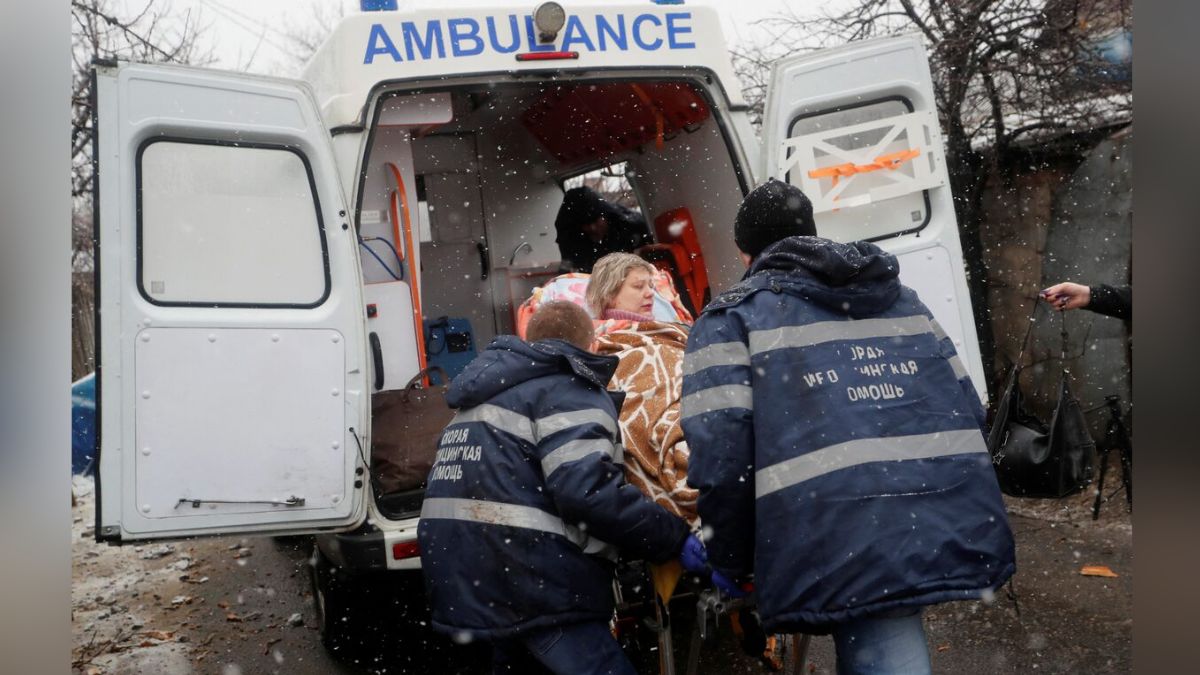The Russia-Ukraine war has entered its fourth year. The conflict, which began on February 24, 2022, has devastated cities, displaced millions, and resulted in widespread loss of life.
Ukraine’s health infrastructure, in particular, has been subjected to an unprecedented onslaught. Despite that, it has demonstrated remarkable adaptability. The question now is– can it continue holding out in this war that is barely showing signs of abating?
Unprecedented onslaught on healthcare network
The World Health Organisation (WHO) has verified 2,236 attacks on health facilities in Ukraine since the war began— the highest number ever recorded in any conflict.
Not only has Russia deliberately targeted medical infrastructure in the country, its attacks on the energy grid and logistics hubs have also added to the difficulty.
Ukraine shows resilience
Despite the immense strain, Ukrainian healthcare system have shown remarkable resilience, thanks– in no small part– to lessons the country derived from the 2014 Russian takeover of Crimea, according to an article published in the the British Medical Journal on Monday (February 24).
One of the key “reforms” that Ukraine has implemented is the increased public financing of primary healthcare, which provided the necessary resources for healthcare facilities to continue operating even in the midst of conflict.
In addition, the introduction of a national e-Health system allowed for better coordination and data sharing across healthcare facilities. With information on more than 35 million patients, this system has enabled Ukraine to make swift, informed decisions about healthcare delivery, helping the system stay one step ahead of the war’s disruptions.
Mobile pharmacies and primary healthcare units have been deployed in conflict zones, ensuring that even the most remote areas have access to essential services.
Another important factor has been the integration of military and civilian healthcare systems. This has allowed Ukraine to maximise its healthcare resources.
Impact Shorts
More ShortsChallenges continue mounting
These adaptations, born out of necessity, have become key components of Ukraine’s ongoing health response.
But, that has been the case so far. There are some major challenges that would make it quite difficult for Ukraine to continue showing such resilience.
The country’s ongoing war economy, coupled with currency devaluation and mass displacement, continues to place immense pressure on the health sector.
Healthcare worker shortages have only worsened as many professionals have been killed or forced to flee the conflict. For those still working in Ukraine’s health facilities, mental health challenges are widespread, with an estimated one in five healthcare workers suffering from the psychological toll of the war.
The uncertainty surrounding international aid adds another layer of vulnerability. The future of foreign assistance, including from critical sources like the United States Agency for International Development (USAID), remains uncertain.
Should this funding be reduced or cut entirely, the impact on Ukraine’s healthcare system could be devastating. Programs that support HIV testing, veteran rehabilitation, and mental health services rely heavily on this assistance.
Risk of double-tap strikes
Then there is the risk of the double-tap strikes Russia has been carrying out.
A double-tap attack involves an initial airstrike, followed shortly by a second strike on the same location, intended to kill or injure first responders, medical personnel, and civilians rushing to assist the victims of the first attack.
The strategy not only increases the death toll but also sows fear in the population, deterring people from coming to the aid of the wounded. Over time, the cumulative effect weakens the already delicate healthcare infrastructure.
The financial strain of replacing destroyed ambulances, retraining healthcare professionals, and restocking essential medical supplies further strains an economy already ravaged by war. The result? More lives are lost.
)